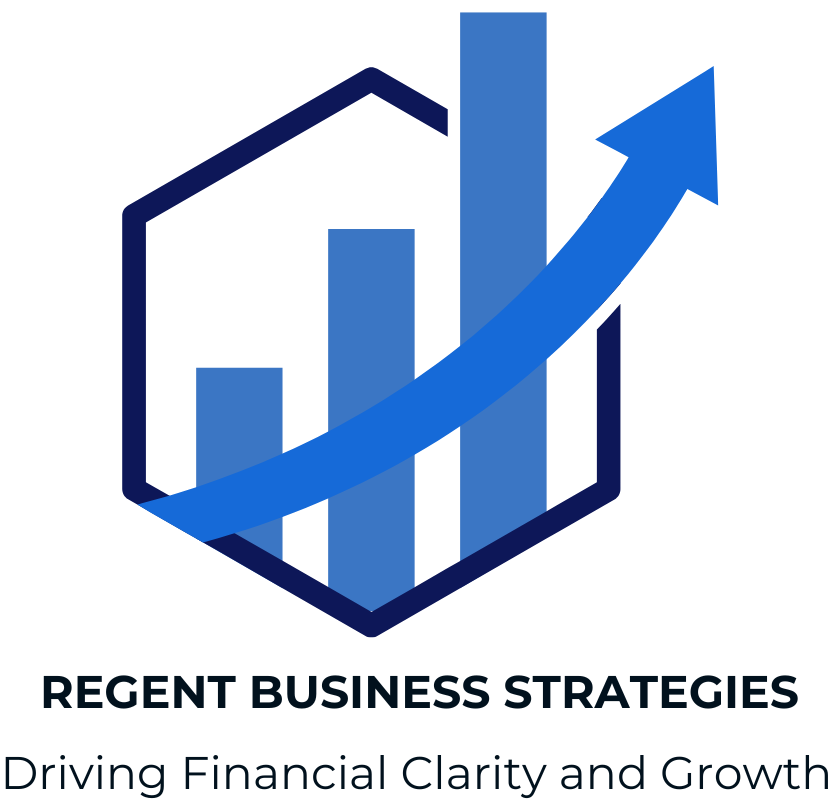


VAT (Value Added Tax) is a consumption tax applied to goods and services in the UK and many other countries
For entrepreneurs and small business owners in the UK, understanding the VAT registration process is an essential step in maintaining compliance and avoiding penalties. Whether you’re launching a startup or expanding your operations, registering for VAT (Value Added Tax) helps you charge VAT on your products and services and reclaim it on business purchases. This guide breaks down the entire registration process for VAT, explains the VAT threshold, and covers key points based on HMRC guidelines.
Value Added Tax (VAT) is a consumption tax levied on most goods and services sold in the UK and the EU. Businesses collect VAT on behalf of HMRC (His Majesty’s Revenue and Customs) and are responsible for passing it on to the government.
Once registered, a business receives a VAT registration certificate and a number for VAT, which must appear on invoices and other relevant documentation.
The following types of entities are required to register if they exceed the threshold:
Sole traders
Limited companies
Partnerships
Non-UK businesses trading in the UK
Online retailers (including those on platforms like Amazon and eBay)
Remember, even non-established businesses that sell to UK consumers may need to register if they supply taxable goods or services.
Here’s a breakdown of the registration process for VAT in the UK:
Begin by calculating your taxable turnover. Include all sales that are not VAT-exempt. This includes standard-rated and zero-rated supplies.
Before registering, choose a VAT scheme that suits your business operations:
Standard VAT Accounting: Submit quarterly VAT returns and pay any VAT due.
Flat Rate Scheme: Pay a fixed rate of VAT based on your sector. Simpler but may cost more for some businesses.
Annual Accounting Scheme: Submit one VAT return per year and make advance payments.
Cash Accounting Scheme: Pay VAT when you receive payment, not when you issue an invoice.
A business strategy consultant like Regent Business Strategies can help you select the most cost-effective VAT scheme for your business.
You can register online through the HMRC VAT registration portal. You’ll need:
Your business details (name, address, UTR, etc.)
Bank account information
Details of business activities
Estimate of your turnover
If you’re not comfortable registering yourself, an accountant or tax advisor can register on your behalf.
Once approved, you’ll receive a VAT registration certificate via your HMRC online account. This document includes:
Your VAT registration number
The date your business became VAT-registered (known as the ‘effective date of registration’)
Details about your first VAT return
This certificate is crucial. You’ll need the number for VAT when invoicing clients and when dealing with suppliers or customs if you import goods.
Here are frequent errors new businesses make during the VAT registration process:
Missing the VAT threshold check
Ignoring your rolling 12-month turnover could cause accidental non-compliance.
Choosing the wrong VAT scheme
Not all schemes are suitable for every business. Consult an advisor such as Regent Business Strategies to assess the best option.
Failing to issue compliant invoices
Once registered, all invoices must include your VAT number, rate, and breakdown of tax.
Not maintaining proper records
Inadequate recordkeeping can result in audits or penalties from HMRC.
You can cancel your VAT registration if:
Your turnover falls below the threshold
You stop trading or close your business
You sell your business or change its legal structure
HMRC must be notified within 30 days, and final VAT returns must be submitted.
The VAT registration process can feel overwhelming, especially for first-time entrepreneurs. That’s where professionals like Regent Business Strategies can make a difference. They offer strategic financial and tax planning tailored to your business model, helping you navigate VAT efficiently and without costly mistakes.
Whether you’re registering voluntarily or because you’ve hit the threshold, having a trusted advisor like Regent Business Strategies on your side can help you stay on the right path. With proper planning and execution, VAT registration can be a positive step toward business growth and credibility.
